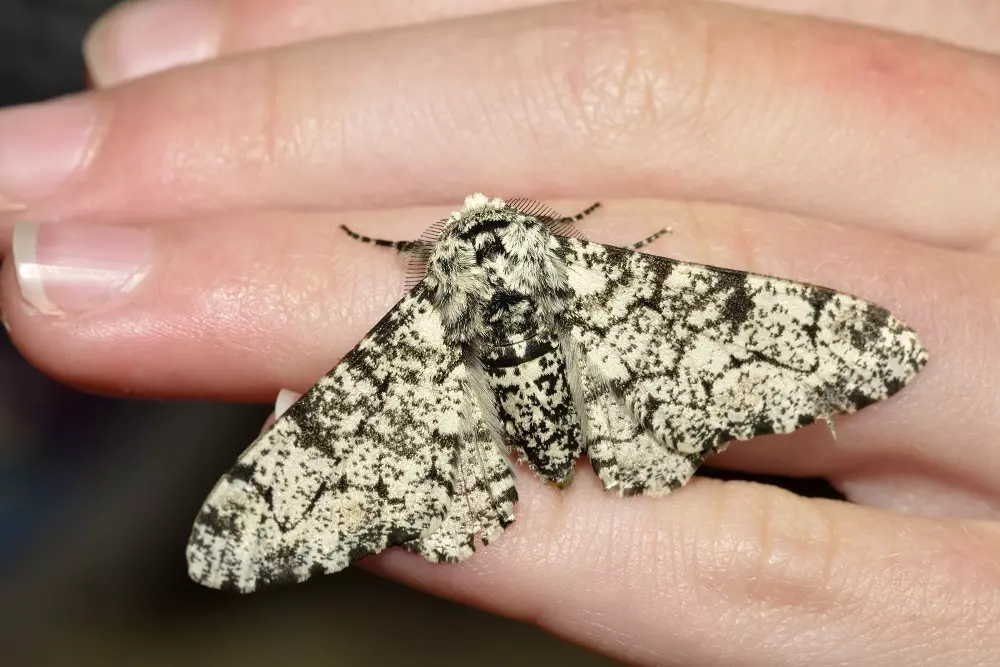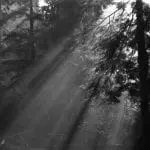“A homely little insect living in polluted woods has been evolving almost fast enough to watch.” So begins another article written to herald the evolutionary accomplishments of England’s peppered moth.
In fact, the peppered moth story is a tired defense of what many evolutionists now consider an embarrassment.
Here’s the story, as told by evolutionists:
The peppered moth comes in light and dark varieties. Many years ago, before the Industrial Revolution, the light forms of the moth were camouflaged against the light background of the trees, and so were protected against predatory birds. They were therefore, more common than the darker variety. The darker ones were rare because they stood out more clearly against the trees, and so were seen and eaten.
–
But, once the Industrial Revolution was well under way, pollution from factories began to darken the trees. This reversed the fortunes of the lighter variety. They were the ones that stood out against the now darker trees. So, they were seen and eaten, while the darker moths were more camouflaged now. Consequently, they became more common, while the lighter ones became rare.
–
However, when pollution was cleared up later on, the trees began to become lighter again. This, of course, reversed the trend. Again, the lighter ones were more camouflaged and began to increase in numbers. These shifts in populations were well documented. Birds were filmed eating these moths off of the trees.
–
If Darwin had been alive during these discoveries, he would have seen the vindication of his theory!
Does this story give us a good example of evolution in action? Does it vindicate Darwin’s theory? Absolutely not!
If true, all it shows is how natural selection can work, but not evolution happening at all. Peppered moths are still peppered moths. Even if this went on for many millions of years, it doesn’t show that the moth could become more complex or change into another type of creature.
But the story doesn’t end there. Observers realized that peppered moths don’t even rest on trees during the day. Scientists still don’t know where they rest (we suspect they rest in the top leaves of trees).
So, what about the photographs of birds eating them off the trees? It would seem the darker side of human nature was at work here. The photographs were staged. The moths used in the pictures were ones bred in a laboratory and placed on the trees so people could take their picture. To catch them on video some had to be heated up on warm car hoods so they would “perform” correctly. In some cases, dead moths were glued to the trees so that birds could be filmed eating them.
Thankfully, even many evolutionists are throwing out this whole story. They realize that it doesn’t prove what they had hoped it would, and that the “evidence” is false. Unfortunately, many millions of students around the world don’t know this. They still are taught that the peppered moth story is good evidence for evolution.
Finally, a sad story—A doctor friend of mine told me that he went into his local natural history museum, which he supports. He spoke with the curator at length about all of this in front of their exhibit of the peppered moth. The curator listened patiently, and then simply replied, “We know all of that, but it makes a good story!”






